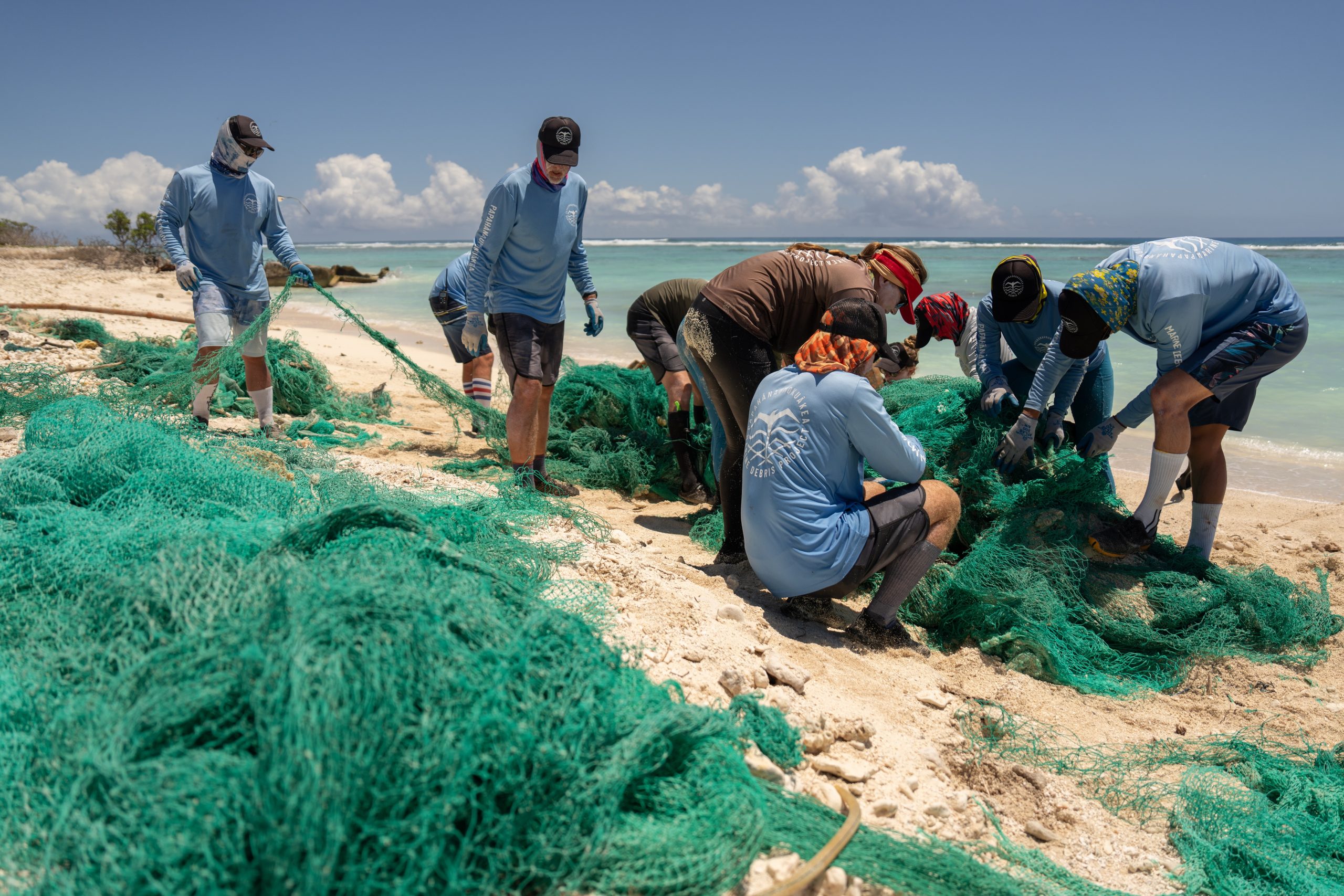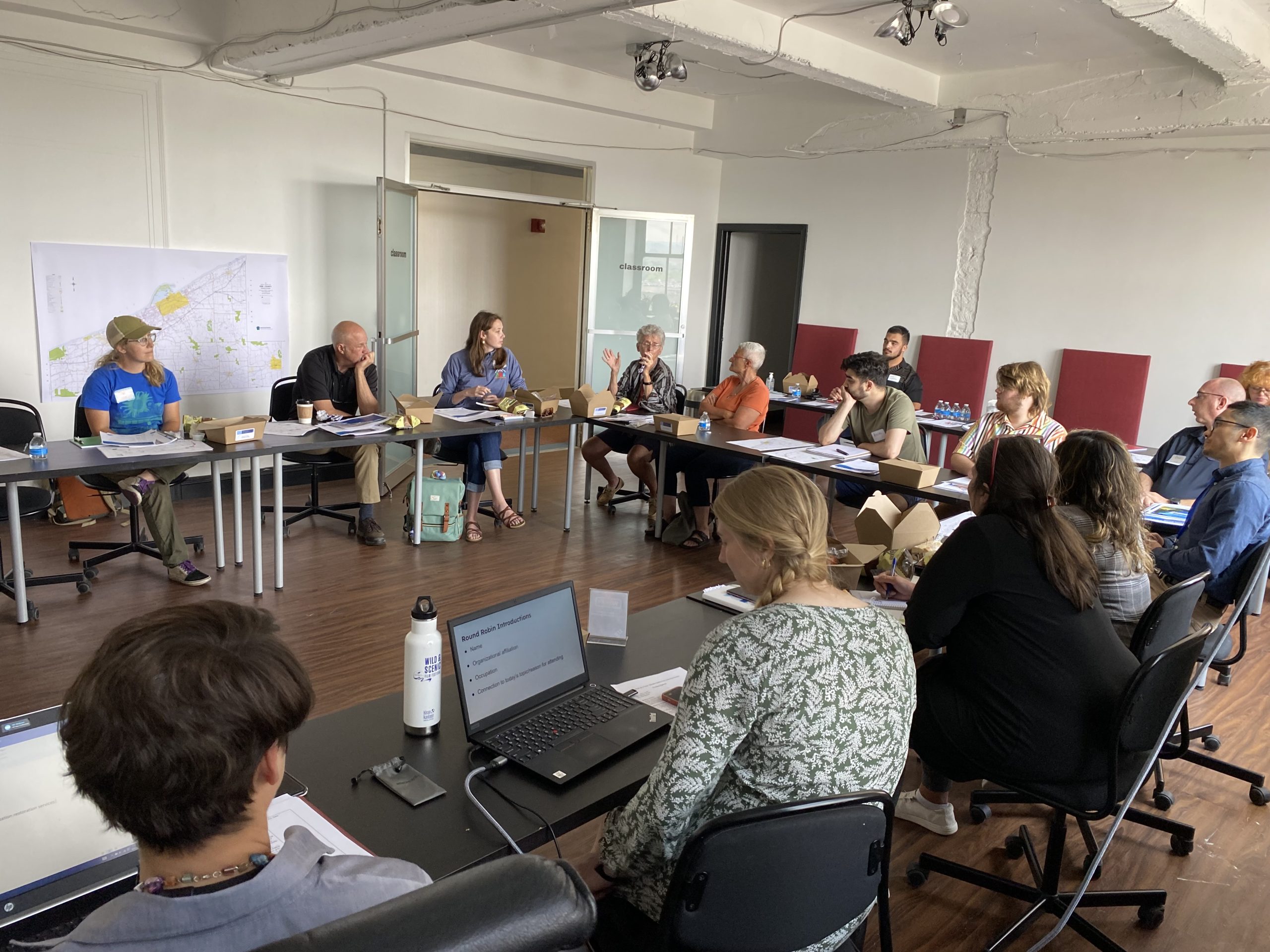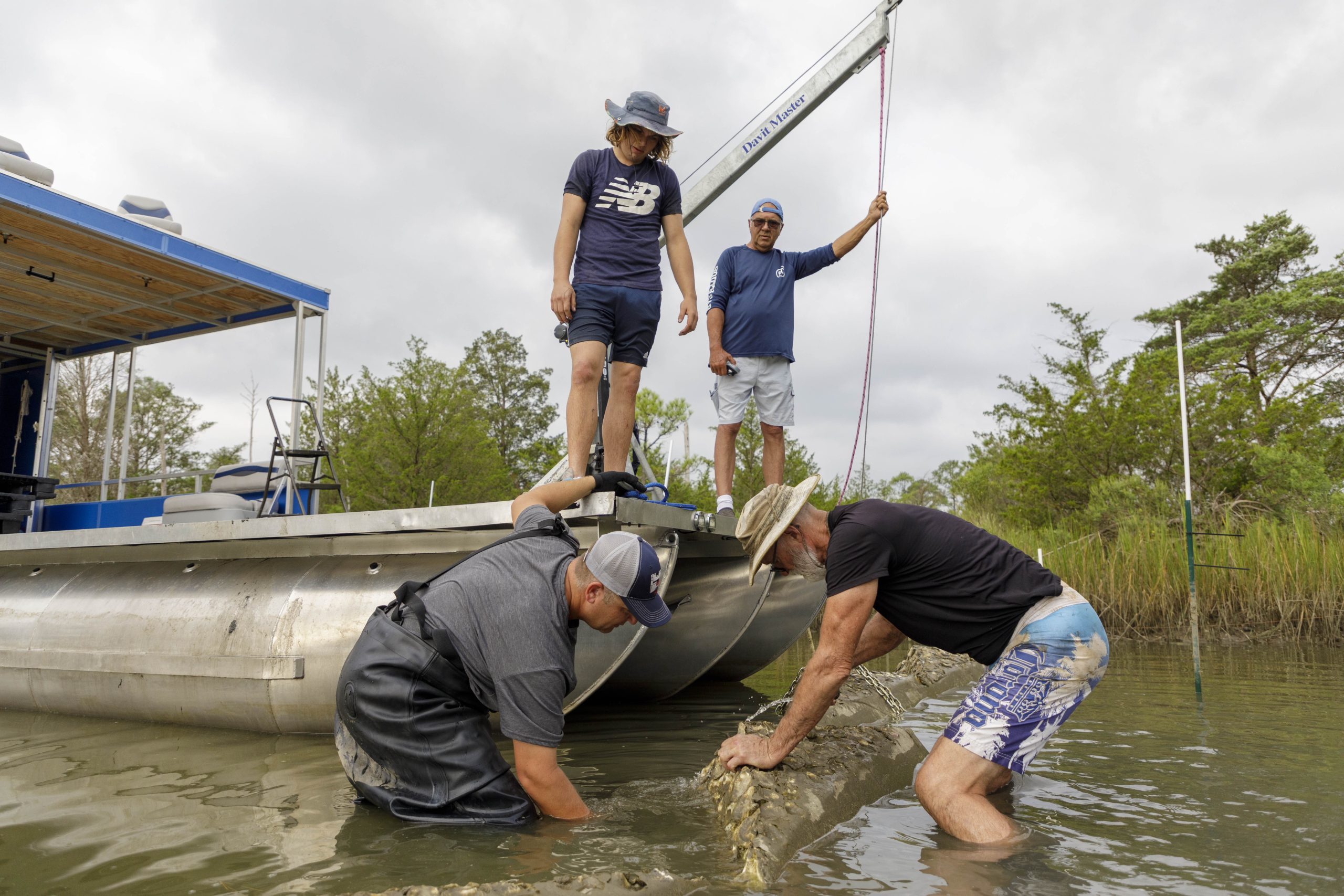By: Renee Richardson,
Knauss Fellow,
Weather Observations Fellow,
NOAA Weather Program Office
Flashback to 2019… a few friends of mine had either just finished the Knauss Fellowship, were in the middle of their fellowship, or were busy preparing for their Placement Week. “You should really consider applying!” was something I heard constantly, but I kept brushing it off with thoughts like “meteorology doesn’t fit the criteria” or “that’s not the expertise reviewers are looking for”. Well, if you happen to share similar sentiments, this Knauss fellow is here to assuage your doubts about applying!
The Sea Grant Knauss Fellowship specifically targets students who “… have an interest in ocean, coastal and Great Lakes resources and in the national policy decisions affecting those resources.” Although it is not explicitly stated, meteorology does fall under this statement. The atmosphere and the ocean are linked and, in many cases, cannot be considered independent of one another. But what does this mean exactly?
The ocean and the atmosphere are in direct contact with one another at the air-sea interface, making it possible for continuous interactions. There are three fundamental exchanges between the ocean and the atmosphere that have major effects on both atmosphere and ocean phenomena: heat, moisture, and momentum exchange. Heat and moisture are typically transferred to the atmosphere from the ocean, which is one component that drives the atmospheric circulation patterns and, consequently, weather events. In turn, the atmosphere transfers momentum via winds to the ocean, which drives ocean waves and currents. The processes over which these transfers occur are complex, but the main takeaway is that the ocean and the atmosphere are intimately connected, and one cannot be considered without also considering the other.
Perhaps a more apparent connection of meteorology to the Knauss Fellowship is that weather can present major coastal hazards. Storm surge, heavy rainfall and strong winds from hurricanes, Nor’Easters and, in some cases, severe thunderstorms are some of the greatest threats to our coasts and their resources. Not only are coastal areas typically at or below sea level but they are also densely populated, making these areas extremely vulnerable to flooding, erosion, major infrastructural damage, and stormwater pollution, resulting from these threats. Damages incurred by coastal storm events cost billions of dollars and with the continued uptick in coastal tourism and residential development, these damages and costs will continue to rise.
My dissertation, which I am completing at Florida State University, encompasses both of these aspects that tie meteorology into the Knauss Fellowship. I research air-sea interactions within hurricanes; in particular, how sea spray generated at the ocean surface by strong hurricane winds influences hurricane intensity changes. By gaining a better understanding of the physical processes occurring at the air-sea interface within a hurricane, progress towards realistic representation of ocean-atmosphere interactions in numerical weather prediction models can be made to advance and improve hurricane forecasts. With improved accuracy in hurricane forecasts comes longer lead times before impact. This will allow for more effective risk communication and sound decision-making, critical for protecting life and property from the effects of a powerful hurricane.
In my Knauss fellowship placement with the National Oceanic and Atmospheric Administration (NOAA) Weather Program Office, I utilize my subject matter expertise to advocate for weather-related priorities and assist in decision-making to ultimately mitigate impacts on coastal regions and beyond. The opportunities offered by my fellowship placement put me at the forefront of the execution of weather-related Congressional mandates. The Weather Act of 2017 mandates advancing weather observations and forecasting capabilities of high-impact weather events to better protect life and property. In the WPO Observations program, I help oversee the latest research for innovative observing systems, which directly follow the authority of this legislation. As a part of the WPO Disaster Supplemental program, I am involved in the management of research funded under the 2018 Improving Forecasting and Assimilation Portfolio and the 2019 Improving Forecasting for Hurricanes, Floods, and Wildfires Portfolio appropriated by Congress.
As I continue to navigate my Knauss fellowship, I am beyond grateful that I listened to those around me and submitted an application. Boy, was 2019 Renee so wrong! I use my meteorology background every day in my position for communication purposes, interpreting scientific documents, logical decision-making, and much more. I am surrounded by incredible research scientists from all sectors of meteorology, and I am constantly broadening my knowledge outside my specific area of expertise. I work with astounding program managers that have taught me not only helpful skills for coordinating and communicating the results of research projects but also how to think more about the big picture: What are the priorities and goals of the weather enterprise and how can we get there? Taking a step back to consider the many avenues that this answer takes can be intimidating, but tackling the challenge head-on is so rewarding.
The Knauss Fellowship is an invaluable opportunity that will grant you skills and experiences that you will reference for the remainder of your career. To any meteorology students considering applying for the Knauss Fellowship, my advice to you: DON’T THINK TWICE! As I have learned, meteorology expertise is highly valued in the Knauss Fellowship, and you will find your place.


